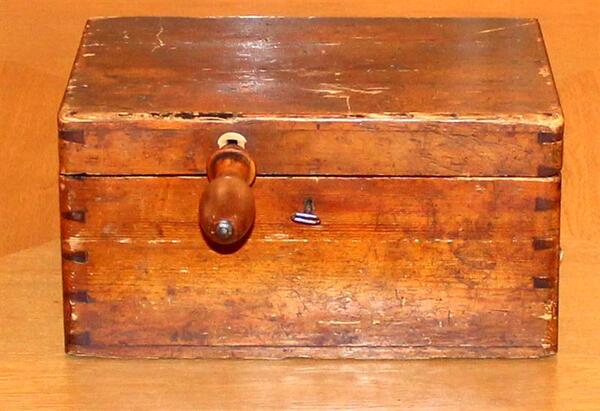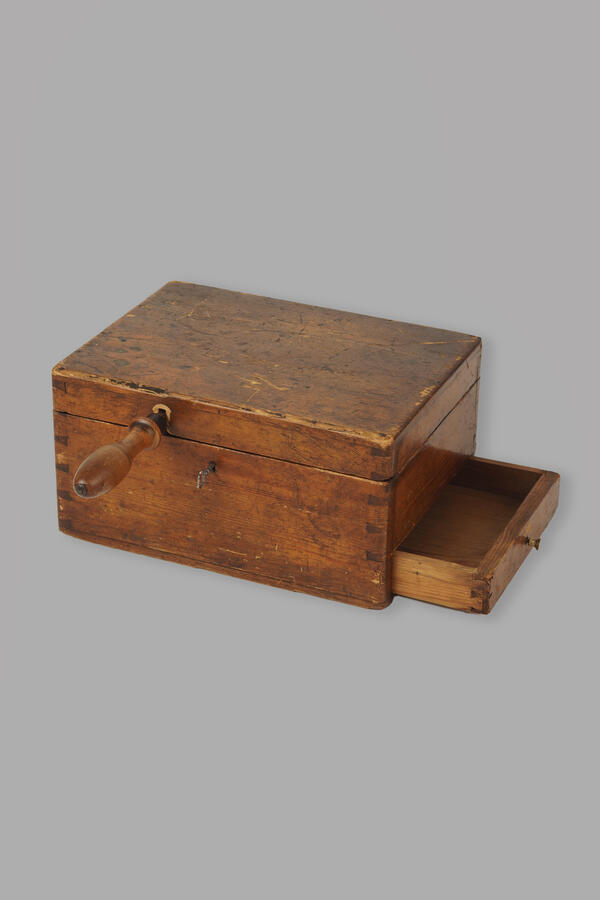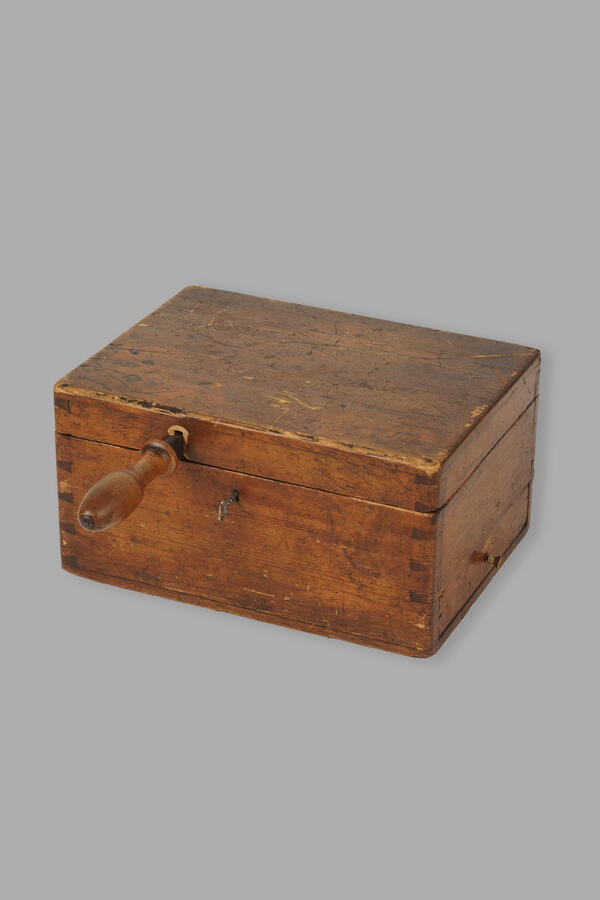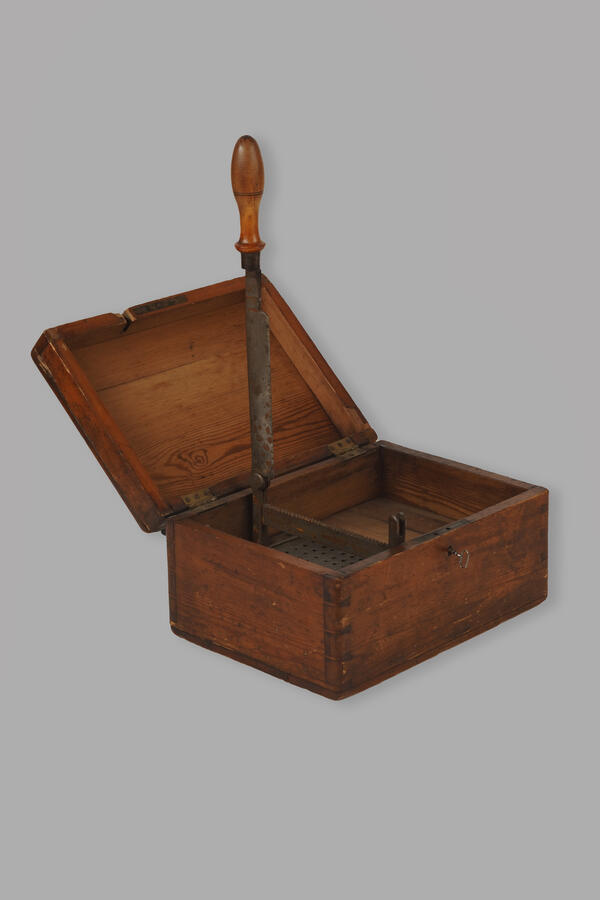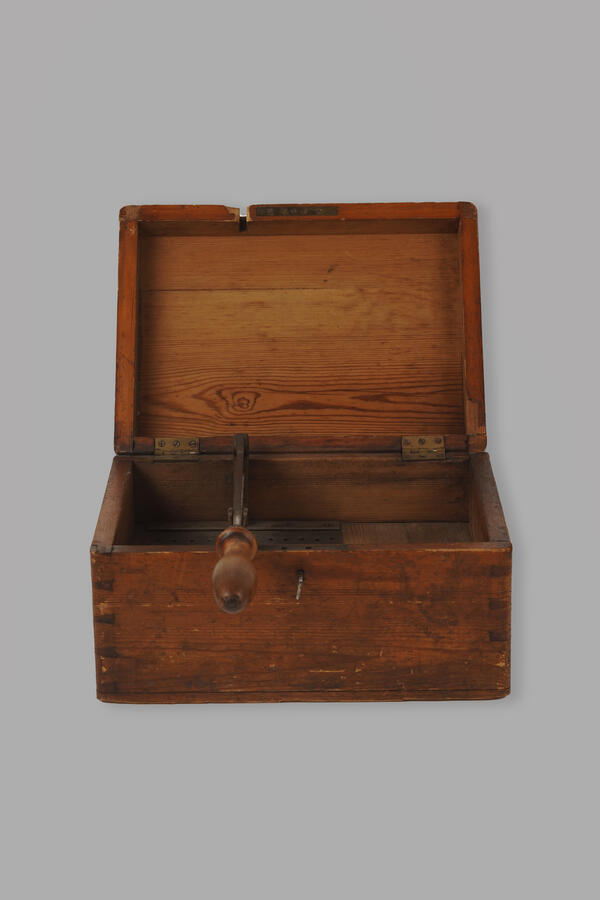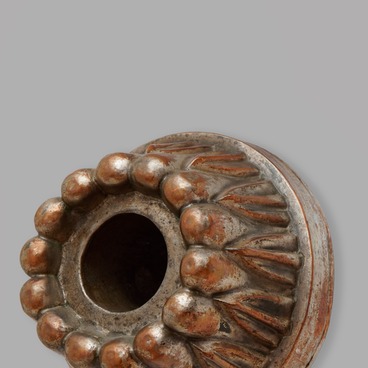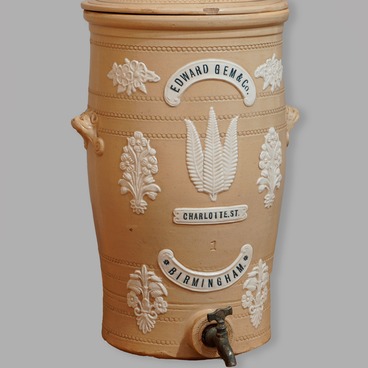For a long time, honey was the main sweet food in various cultures. Tasty on its own, honey was used as a major sweetener. In India, sugarcane began to be used to produce sweet substance. The Arabs learned about sugar in the 8th century, but the method of its manufacturing was kept secret. And it was Alexander the Great who introduced sugar to Europe.
In the late 10th century, sugar sculptures adorned ceremonial dinners in Venice. In the 11th century, Europeans got acquainted with this “white gold” and “sweet salt” thanks to the crusaders. Sugar was used exclusively as a medicine though. It was not until the 16th century that sugar plantations and refineries appeared, and sugar became a staple of cooking and desserts. However, the costs of raw materials were so high that only the rich could afford the product.
In 1747, Andreas Sigismund Marggraf figured out how to get sugar from sugar beets. His student Franz Karl Achar opened a factory to test this technology, but the first experiments failed. Mass production of beet sugar began in 1806 in France. The French had already been familiar with hydraulic presses, steam thickening of juice and other technicalities. It was Napoleon who was considered to be the initiator of this undertaking. In 1828, more than a hundred French factories produced up to 5,000 tons of sugar per year. From France, sugar technology was introduced to other European countries.
In the 12th-century Russia, the taste of sugar was known only to the nobility. The production of sugar from imported raw materials started with the “sugar chamber” of Peter I. At the beginning of the 19th century, sugar beets began to be used, and by the end of the century, sugar was not only produced, but also refined with lime. At this time, a professor of Moscow University, chemist Johann Bindheim found a method for extracting sugar from white beets, and Yakov Esipov invented a technology for purifying beet juice using lime.
Massecuite — a dense mass of sugar crystals mixed with mother liquor obtained by heating — was poured into a special cone-shaped vessel with a lock. When the sugar solidified, it was easily removed. The resulting cone, weighing up to a pound, was called a “sugar loaf”. The loaf was wrapped in blue paper, which was called just that — sugar paper.
To use sugar at home, it was first split with the help of a wooden box with a built-in metal cutter. Inside the box, there is a plate with a jagged edge fixed in the center. Sugar was placed between the cutters, the top one was lifted by the handle and sharply lowered down. The spilled crumbs fell into a side drawer. Chopped sugar was also stored there, and the box was locked with a key.
In the late 10th century, sugar sculptures adorned ceremonial dinners in Venice. In the 11th century, Europeans got acquainted with this “white gold” and “sweet salt” thanks to the crusaders. Sugar was used exclusively as a medicine though. It was not until the 16th century that sugar plantations and refineries appeared, and sugar became a staple of cooking and desserts. However, the costs of raw materials were so high that only the rich could afford the product.
In 1747, Andreas Sigismund Marggraf figured out how to get sugar from sugar beets. His student Franz Karl Achar opened a factory to test this technology, but the first experiments failed. Mass production of beet sugar began in 1806 in France. The French had already been familiar with hydraulic presses, steam thickening of juice and other technicalities. It was Napoleon who was considered to be the initiator of this undertaking. In 1828, more than a hundred French factories produced up to 5,000 tons of sugar per year. From France, sugar technology was introduced to other European countries.
In the 12th-century Russia, the taste of sugar was known only to the nobility. The production of sugar from imported raw materials started with the “sugar chamber” of Peter I. At the beginning of the 19th century, sugar beets began to be used, and by the end of the century, sugar was not only produced, but also refined with lime. At this time, a professor of Moscow University, chemist Johann Bindheim found a method for extracting sugar from white beets, and Yakov Esipov invented a technology for purifying beet juice using lime.
Massecuite — a dense mass of sugar crystals mixed with mother liquor obtained by heating — was poured into a special cone-shaped vessel with a lock. When the sugar solidified, it was easily removed. The resulting cone, weighing up to a pound, was called a “sugar loaf”. The loaf was wrapped in blue paper, which was called just that — sugar paper.
To use sugar at home, it was first split with the help of a wooden box with a built-in metal cutter. Inside the box, there is a plate with a jagged edge fixed in the center. Sugar was placed between the cutters, the top one was lifted by the handle and sharply lowered down. The spilled crumbs fell into a side drawer. Chopped sugar was also stored there, and the box was locked with a key.

